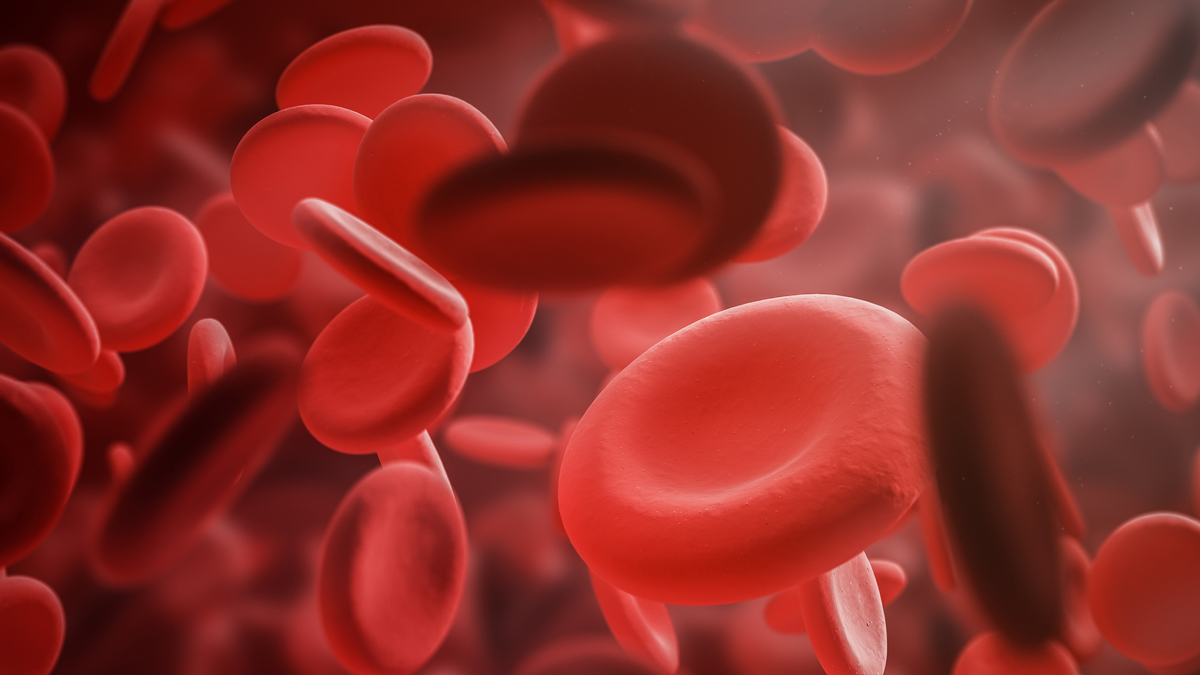Capturing progress in haemophilia care

If we look back just 70 years, the prognosis for patients with haemophilia was remarkably different to what it is today. In fact, in the 1950s and 1960s, life expectancy for the disease was around just 30 years.* However, medical innovations over recent decades have significantly improved the length and quality of life for people with the condition, transforming what was once a devastating disease into a condition that can be mostly well-managed. Despite these advancements, optimising care and alleviating burden of treatment for people living with haemophilia still remain key challenges for those affected.
What is haemophilia?
Haemophilia is a rare genetic bleeding disorder, occurring in one in every 5,000 (Haemophilia A) to 30,000 (Haemophilia B) male births, and is associated with an increased bleeding tendency due to a deficiency of blood clotting proteins, called coagulation factors, which are needed for the blood to clot.†
Haemophilia can manifest itself in symptoms including spontaneous onset of bleeds in severe cases, particularly into the joints, through to suffering from excessive bleeding after events such as trauma or surgery.‡ People living with severe haemophilia require regular life-long prophylactic infusions (with administration frequency dependent of prescribed treatment) to prevent the occurrence of these critical bleeds, which can have a significant impact on daily life.§
Where once whole blood or plasma transfusions were needed, now patients can receive recombinant, long-acting treatments that enable them to lead a life closer to normal. However, there is no cure, and there is still much work to be done to ease the burden of disease, relating to both treatment regimens and impact on quality of life. Similarly, due to the nature of rare disease, awareness of haemophilia among many is low, and understanding of the unique challenges this patient community face is limited.
Portraits of Progress
Portraits of Progress is a newly launched disease awareness campaign in the EU that shines a spotlight on the experiences of people living with haemophilia and recognises the remarkable progress that has been made in the management of the condition. The campaign is centred around striking photography captured by world-renowned photographer, Rankin, as well as archival images, a timeline of key scientific discoveries, and videos where people with haemophilia share their personal stories of living with a rare disease, from growing up through to the present day.
The campaign captures the vibrancy of the haemophilia community - including people from different backgrounds, ages, and countries, highlighting their experiences as children, adults, parents, advocates, healthcare professionals, and caregivers.
Filmed as part of the campaign, haemophiliac and patient advocate, Lukas Zahrer provided his insights: “Haemophilia is a part of my life, it has been with me since I was a child. I grew up getting injections and taking the medication I needed. When you manage to treat yourself for the first time, it’s a big milestone.”
He goes on to discuss his experiences growing up: “Hobbies can be problematic. I can only speak for myself, of course, but I’ve always had problems with my ankle joint. I had a lot of bleeding into my ankle; I have chronic pain every day.” He states: “I hope that future generations won’t have to deal with joint damage. I think that’s what really limits me the most in my everyday life.”
Placing patient experiences at the centre
As an industry, it’s vital that the day-to-day learnings of people living with haemophilia are a constant focus of our research and development strategy, so we develop medicines that may both enhance quality of life and bridge gaps in treatment approaches. It’s also important to recognise that the impact of rare and serious diseases extends beyond patients, to their loved ones and the communities that support them. Through raising awareness of the lived experience of haemophilia, there is an opportunity to empower more people to share their stories and build greater understanding of what living with rare disease really means.
As our understanding of haemophilia continues to advance, and with ongoing close collaboration with the medical community, industry peers, and policymakers, together we can continue to make true progress in addressing the critical unmet needs for people living with this lifelong condition.
About the author
 Lutz Bonacker joined CSL Behring in 2006 as Head of Global Commercial Development Coagulation and was promoted to his current position in 2015. He is responsible for the management of 14 European affiliates in the achievement of their sales goals and business objectives.
Lutz Bonacker joined CSL Behring in 2006 as Head of Global Commercial Development Coagulation and was promoted to his current position in 2015. He is responsible for the management of 14 European affiliates in the achievement of their sales goals and business objectives.
He began his career in the pharmaceutical industry and took on roles of increasing responsibility in Germany, Switzerland and the United States. Prior to CSL Behring, Lutz served as managing director of Ratiopharm Direct in Germany.
Lutz has a Master’s Degree in Pharmacy from the Philipps-Universitaet, Marburg, Germany and a Doctorate in Microbiology/Biochemistry from Max-Planck-Institute, Marburg, Germany.
References
* Berntorp E., et al. Haemophilia. Nature Reviews. Disease Primers. 2021;7:45
† Kloosterman F, Zwagemaker AF, Abdi A, et al. Hemophilia management: Huge impact of a tiny difference. Res Pract Thromb Haemost. 2020;4(3):377-385
‡ Castaman G & Matino D. Hemophilia A and B: molecular and clinical similarities and differences. Haematologica. 2019; 104(9):1702-1709
§ Mannucci PM. Hemophilia therapy: the future has begun. Haematolgica 2020;105(3):545–553











